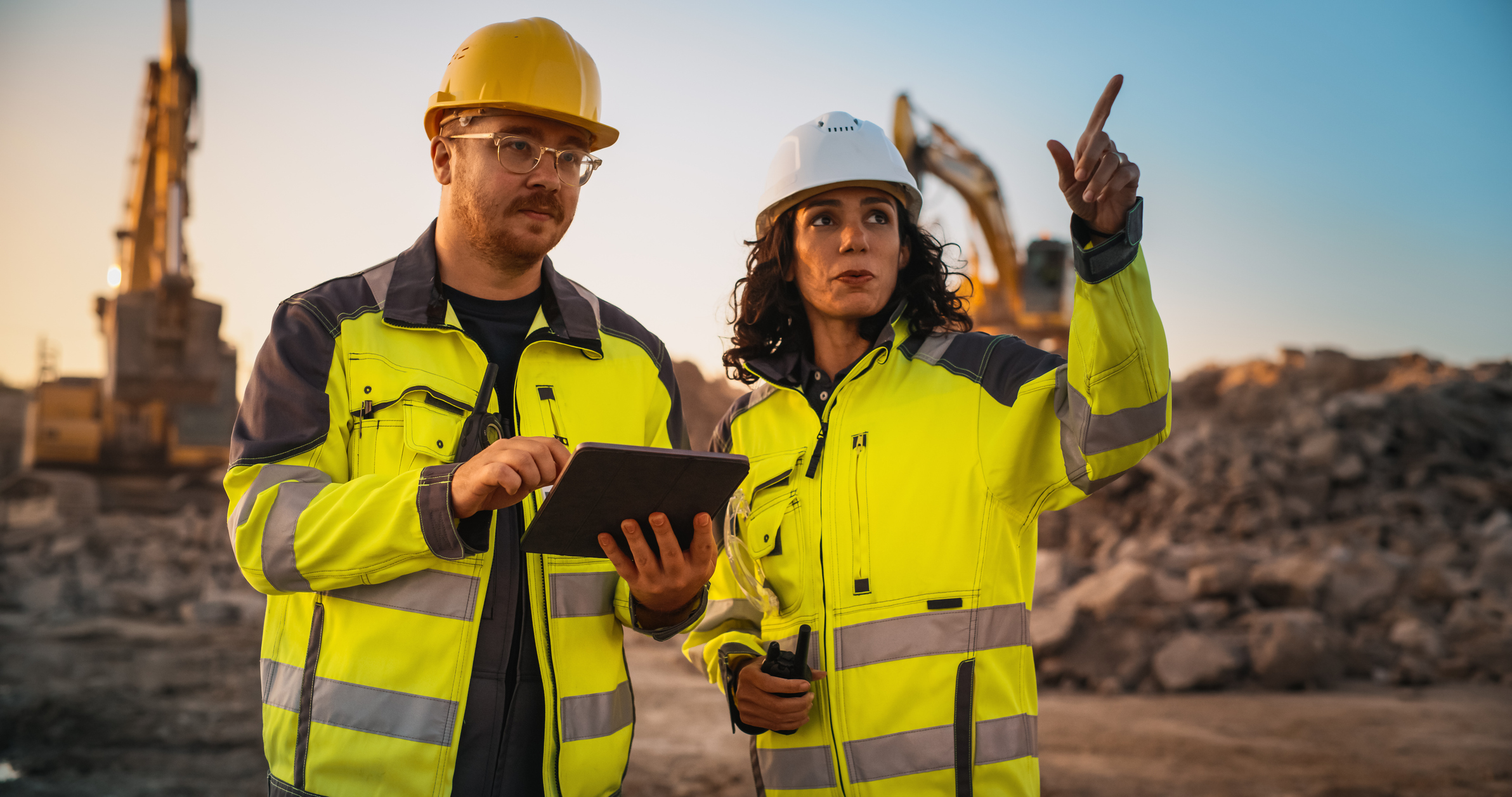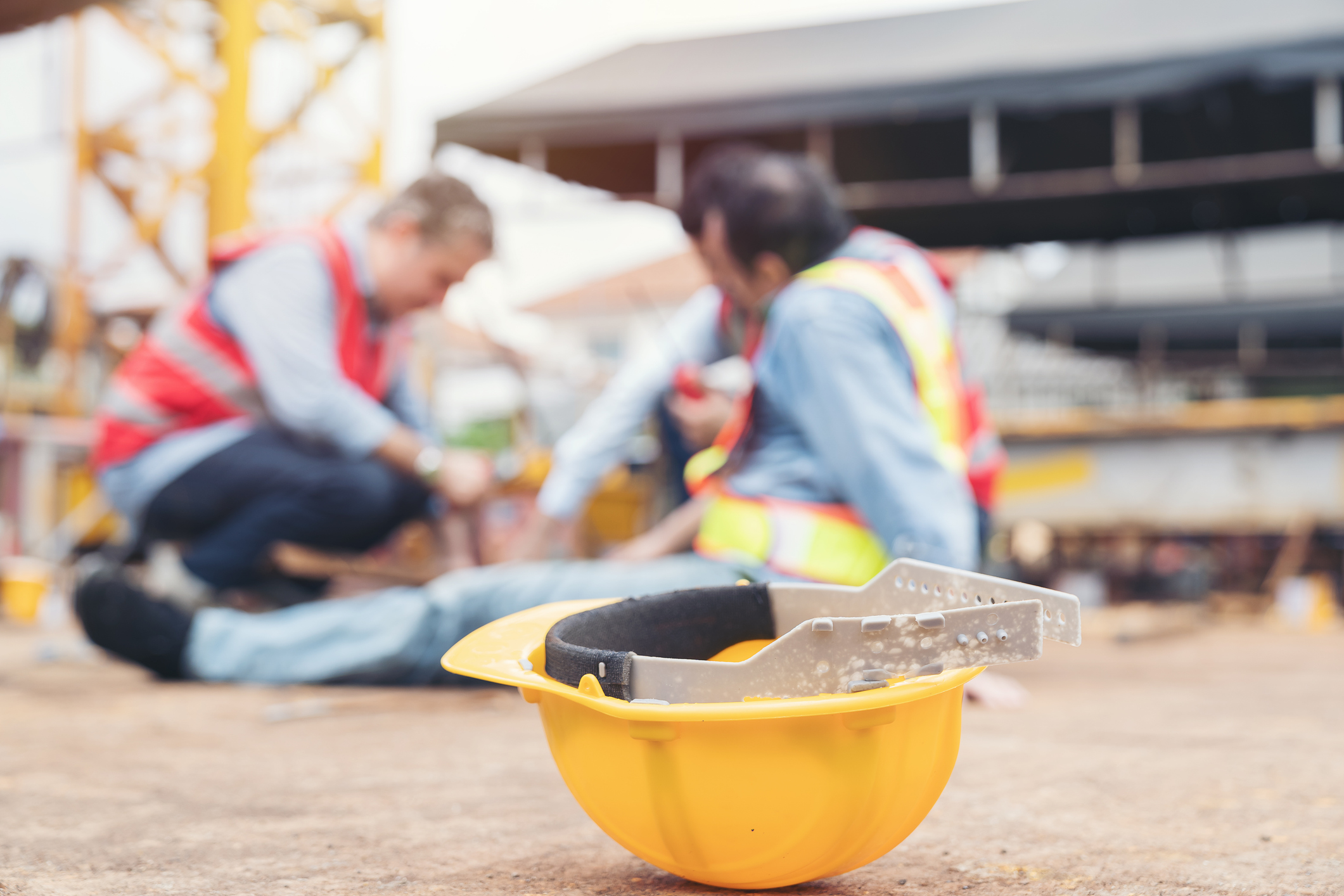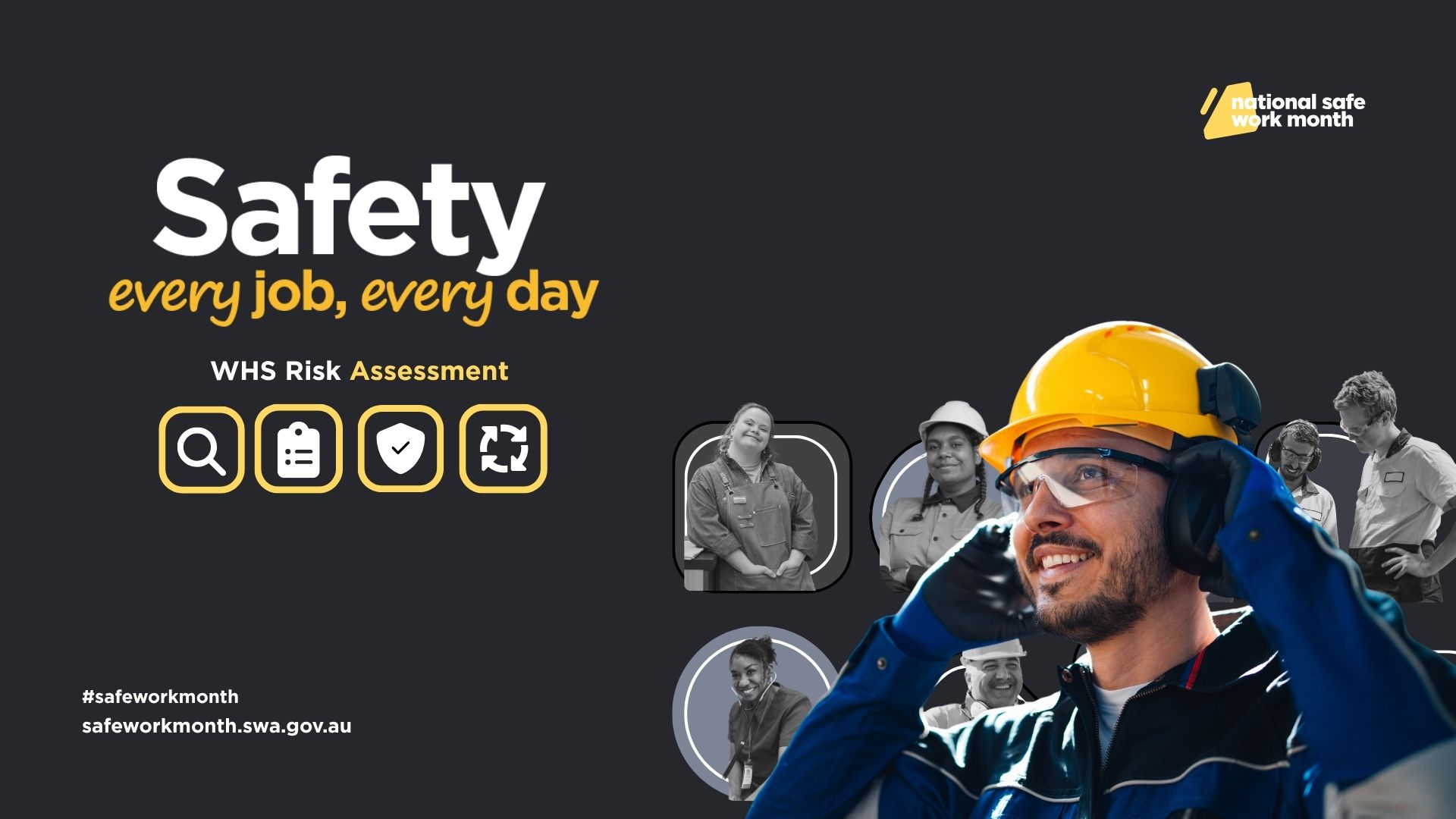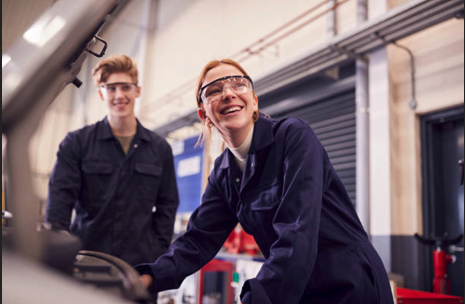Safety reminder as regional construction booms

Original article published by WorkSafe Victoria
WorkSafe is reminding employers and tradies across regional Victoria to put safety first as construction activity continues to ramp up across the state.
WorkSafe accepted 772 claims from construction workers in the regions in 2021, an increase on the 715 claims in 2020 and 654 in 2019. Tragically, three construction workers lost their lives due to workplace incidents in regional Victoria last year.
Australian Bureau of Statistics data shows a 52 per cent rise in building approvals in rural and regional Victoria last financial year to 18,072 in 2020/2021. Demand has continued into this financial year, with 9,882 building approvals in regional Victoria from 1 July 2021 to 28 February 2022.
WorkSafe Executive Director Health and Safety Narelle Beer said it was important that employers and workers maintained a strong focus on safety, even as the sector faced increasing demands and challenges.
“Every worker has the right to get home safe at the end of the day, and yet each year, hundreds of construction workers across rural and regional Victoria are injured at work,” Dr Beer said.
“We know that the industry continues to face pressure on supply and building material costs, as well as a shortage of qualified trades to keep up with high demand, but it’s imperative that safety remains a priority for employers and workers.”
Falls from heights, contact with electricity, being hit by powered plant, structural collapses and trenching incidents are among the most common serious injury and fatality incidents in construction. Body stress (35.9 per cent), falls, trips and slips (28.8 per cent) and being hit by a moving object (22.8 per cent) were the leading causes of injuries among regional construction workers in 2021.
Young workers remain particularly vulnerable, with 35.7 per cent of accepted claims in regional construction coming from workers aged under 30.
“Young workers are particularly vulnerable as they have less experience and can be reluctant to speak up if something feels unsafe, so it’s really important that apprentices receive appropriate training and supervision,” Dr Beer said.
“WorkSafe inspectors will continue to work with employers and construction workers across regional Victoria to help duty holders understand their obligations and encourage workers to put safety first.”
For information and guidance on preventing injuries in construction visit www.worksafe.vic.gov.au/construction





